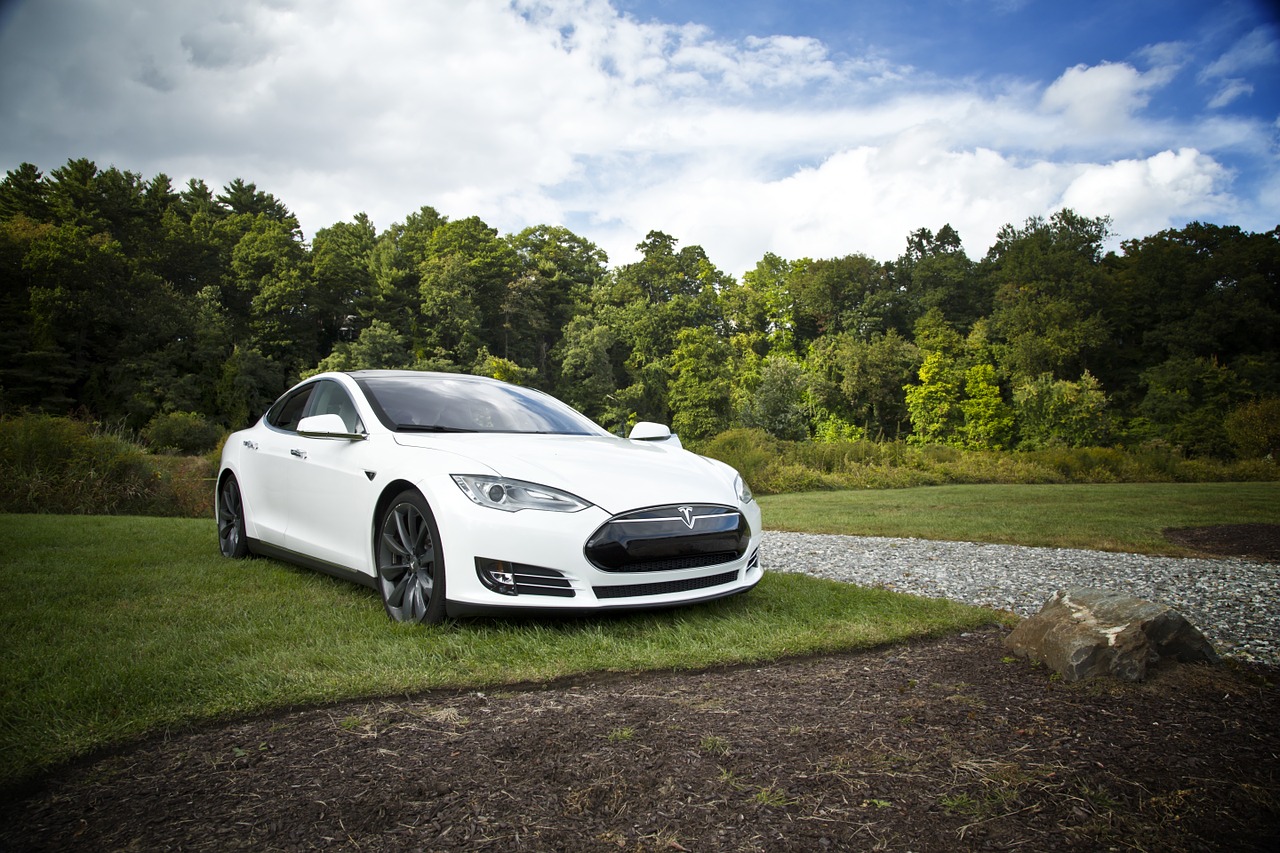The German carmaker is undervalued by investors, especially given its electric car potential, says auto analyst Deutsche Bank. VW is currently valued at just $114 billion, about one-sixth of Tesla’s market capitalization, though it is bridging the gap with Tesla in the electric market. VW’s early success in the electric markets is also due to the fact that conservative customers do not want to take a big risk with new technologies and prefer to stick with well-known old companies.
Analysts say VW could sell more than 700,000 pure electric cars by the end of this year, while Tesla deliveries are estimated at around 1.5 million vehicles in the second half of the year. Tesla’s Gigafactory 3 will produce battery cells for about $1 billion a year over the next five years.
The first Tesla cars built in China will be delivered in 2018, with construction due to start in December 2018. Construction work is to continue with trial production on the general assembly line, which is expected to be completed in March 2020.
The Gigafactory complex will be 210 hectares in size and have an initial capacity of 1.5 million vehicles per year. Current plans call for the area to be at least twice the size of Tesla’s current factory in Fremont, California.
The construction of the Gigafactory in Berlin is being carried out within the framework of preliminary individual permits, which will enable the electric car manufacturer to build parts for a future Model Y plant. Nevertheless, reports in the German media suggest that final permits for the “Gigaf factory Berlin” could be issued in about four weeks. According to the report, Tesla’s GigAFactory Berlin will be fully operational again in the second half of 2017, with work on the complex being carried out around the clock.
Each step of the plant must be checked and approved by the Brandenburg State Office for the Environment. The plant has a total capacity of 1.5 million square meters.
Although the official environmental permit has not yet been obtained, trees have already been felled and construction of the factory is underway. Tesla plans to open the first phase of the Gigafactory in the summer of 2021, when the company’s first electric car, the Model 3, will be rolled out.
If final planning permission is not granted, Tesla could dismantle the factory, but Elon Musk seems unimpressed. To make matters worse, Elon Musk is overseeing Tesla’s German rivals. Musk’s Twitter page has already embraced the idea of owning the gigafactory in the German capital, and even floated the idea of hosting indoor and outdoor raves on his roof.
In Berlin and here in the Grunheide raves, caves and the rest of the Gigafactory are created.
When it opens at the end of this year, it will produce batteries, power trains, assemble and assemble electric cars, electric trucks and other electric vehicles. Tesla Model 3 vehicles to be delivered to the company’s employees will move to the Gigafactory in Berlin’s Grunheide on December 1, 2017.
Tesla and its boss Elon Musk are focusing on building the factory as a complement to the Gigafactory in Fremont, California, where the company was founded in 2009. Tesla spent more than $1 billion on factories in the last quarter, including one in Germany, and Elon Musk has hinted that India could be the next target. On a recent conference call, Tesla CEO Elon Musk promised: “It’s going to blow you away.
A recent article in Die Zeit revealed that the expected arrival of thousands of Tesla workers is driving up property prices in Berlin as commercial investors seek space near the Gigafactory. A recent report by the German Institute for Economic Research (BfR) has influenced the future of the largest private investment in electric cars in Germany. In his tweet, which began with his team’s battery scientists releasing the results of their latest research, Musk left a trail of breadcrumbs suggesting that Tesla could be making some kind of breakthrough in batteries. But the announced series production will not be seriously reached until 2022, he announced.
Brandenburg, the state around Berlin, was once a power station for the coal industry, but with the decline in coal production over the years, the population of the region has declined, and with it the employment opportunities. Miller said that while Berlin will see a flood of workers, more housing and public transport infrastructure will be needed to house them.
Dopfner, head of the Axel Springer media company, was asked if he saw Tesla as a threat. The electric car manufacturer plans to build cars in the capital Berlin and, as Rob Schmitz of NPR reports, threatens to turn the city’s status as the second largest car market in the world after the USA on its head. [Sources: 1]
When you build a really beautiful, great car, you can behave very differently from what you do in the United States or even Europe.
![]()
